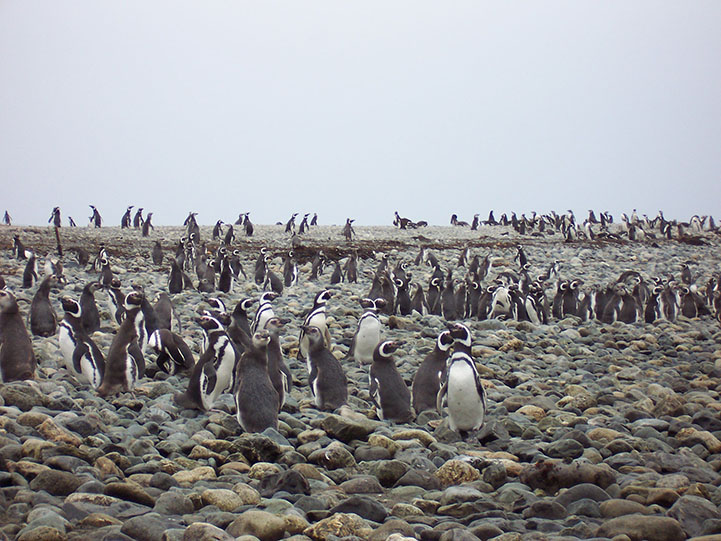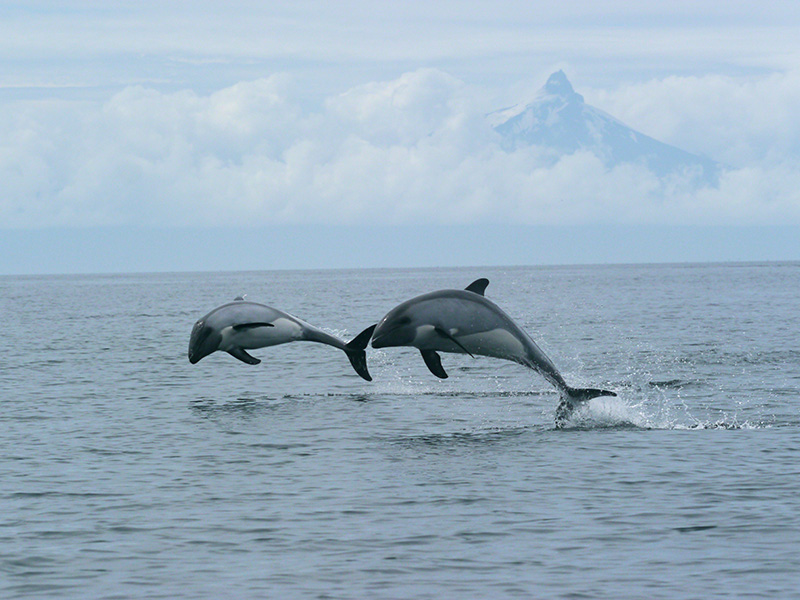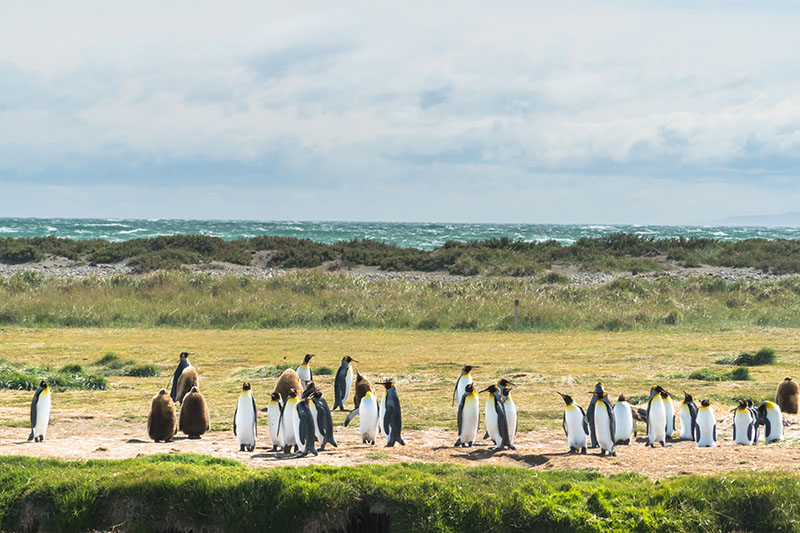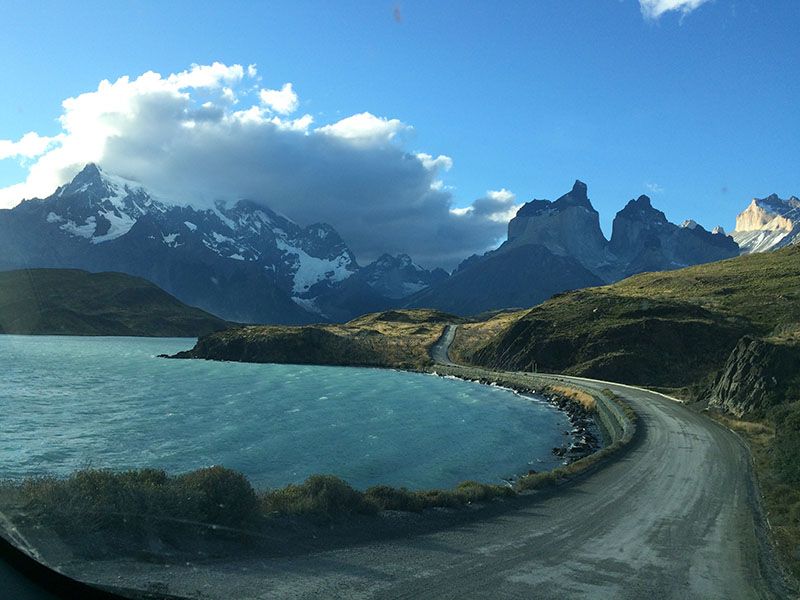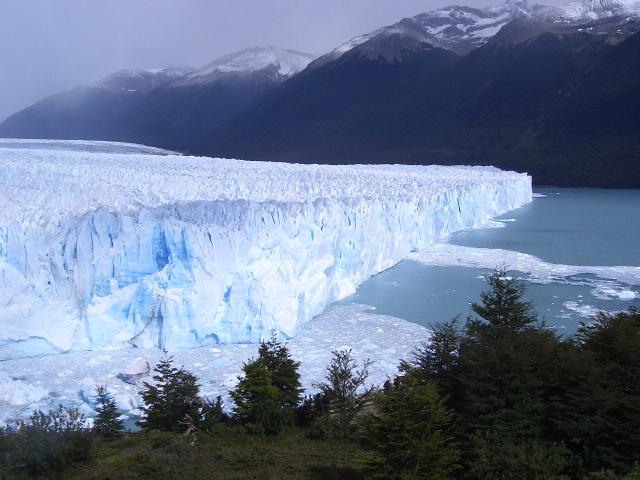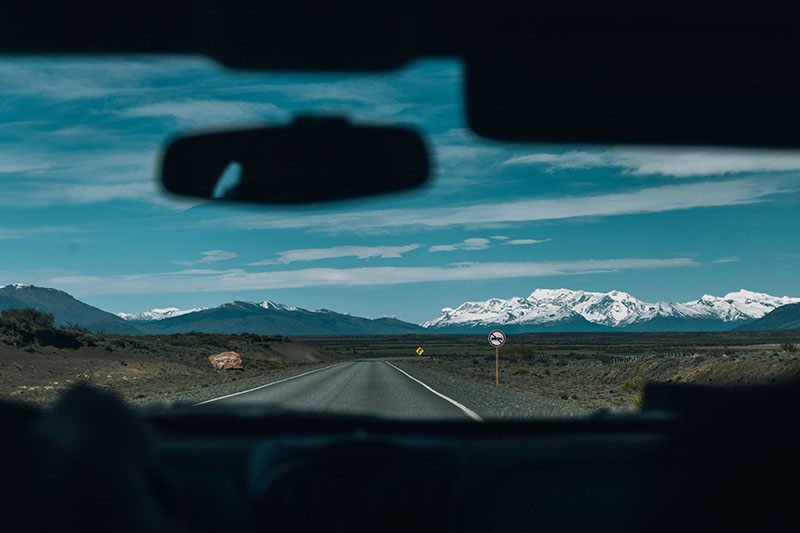Follow the traces of courageous pioneers
Patagonia and Tierra del Fuego - sounds like pioneer spirit, adventure and wind in the hair. The island at the very „End of the World“ was named „Tierra del Fuego“ by the Europeans, because navigating the Magellan Strait, the only thing they could spot from their ships were the camp fires of the natives. When they finally set foot on land and met them in person, the Europeans were surprised to see that the natives were quite tall and big-footed. Hence, the Spanish called them „Patagones“, meaning „people with big feet“ and their land „Patagonia“. Until today, it is an unforgettable adventure to tour the vast Patagonian Pampa or Tierra del Fuego with your own rental car - and well planned with the right partner, it is safe and uncomplicated.
On our sample itinerary you traverse large parts of this wild land by car - with many options for interesting visits and wonderful excursions. The focus of this trip is on getting to know the country by car - for those who like to be active, we have included tips and of course, wherever you like to add extra excursions, you can just stay a little longer - with your own rental car, you are flexible!
Crossing to Argentina with your rental car is only allowed with a comprehensive collision insurance and liability insurance, valid in Argentina, as well as a special permission. We gladly do the paperwork for your when you book your rental car with us. Unfortunately, spontaneous trips to Argentina without these papers are not possible.
First, a few tips on trips with a rental car in Patagonia:
Many roads in Patagonia are very remote gravel roads where you rarely see other vehicles. There may be poor cell phone reception, so in case of a breakdown you should be well prepared. Please drive very carefully on gravel, sand, or stones, and keep in mind that on gravel roads you can only go about half as fast as on asphalt. Also, make sure to fuel your rental car at every opportunity, because gas stations are few and far between in such a remote area. Please be sure to choose a suitable vehicle category for this route!
The accommodations in Patagonia range from simple campsites, small hostels, and guest houses to first class lodges and luxury hotels at some places. The villages along the road are very small, so you never find the whole selection in one place. The accommodations in and around the Torres del Paine National Park are usually open from September to the end of March, only a few hotels open all year round.
IMPORTANT: Book your accommodations with quite some time in advance since capacities are limited.
With your own rental car, you are flexible and can adapt to the rough and changing weather. Locals say, if you don’t like the weather in Patagonia, just wait about twenty minutes. And it’s true: In Patagonian summer you can experience all four seasons in just one day. Snow, rain, gusts of wind, clouds, a blue sky, and bright sunshine within a few hours are quite common. So, make sure to wear several layers of light, yet windproof clothes and to have rain gear as well as sunscreen, a hut, and sunglasses always at hand.
Sample itinerary for a Rental Car Trip to Patagonia and Tierra del Fuego
